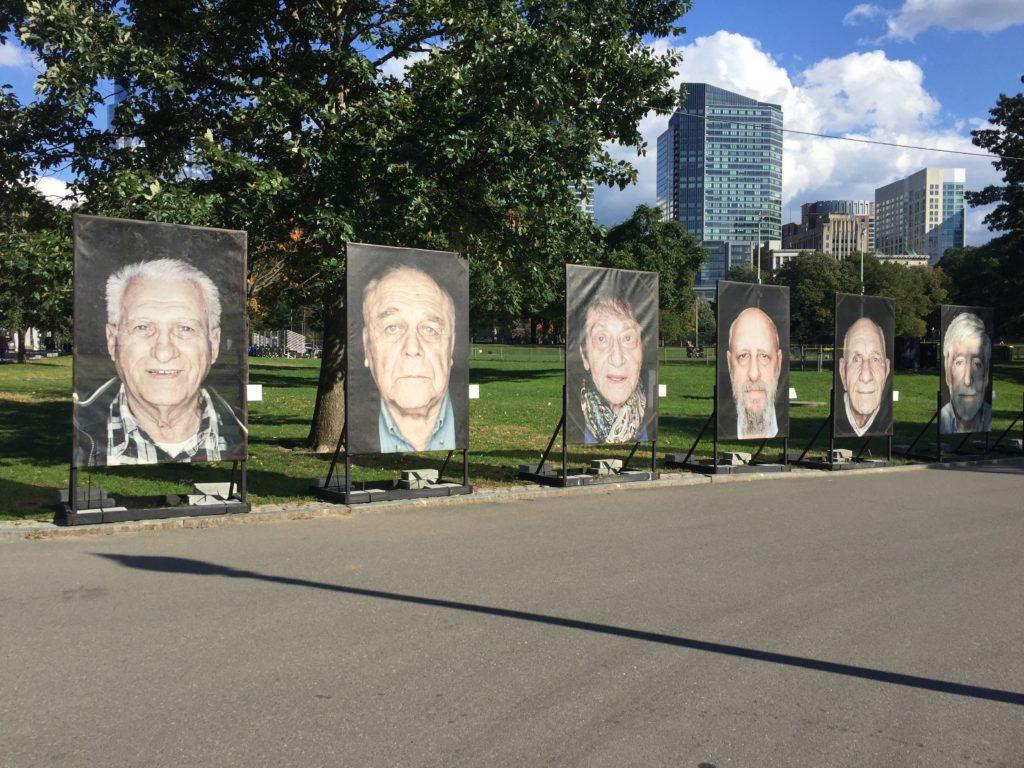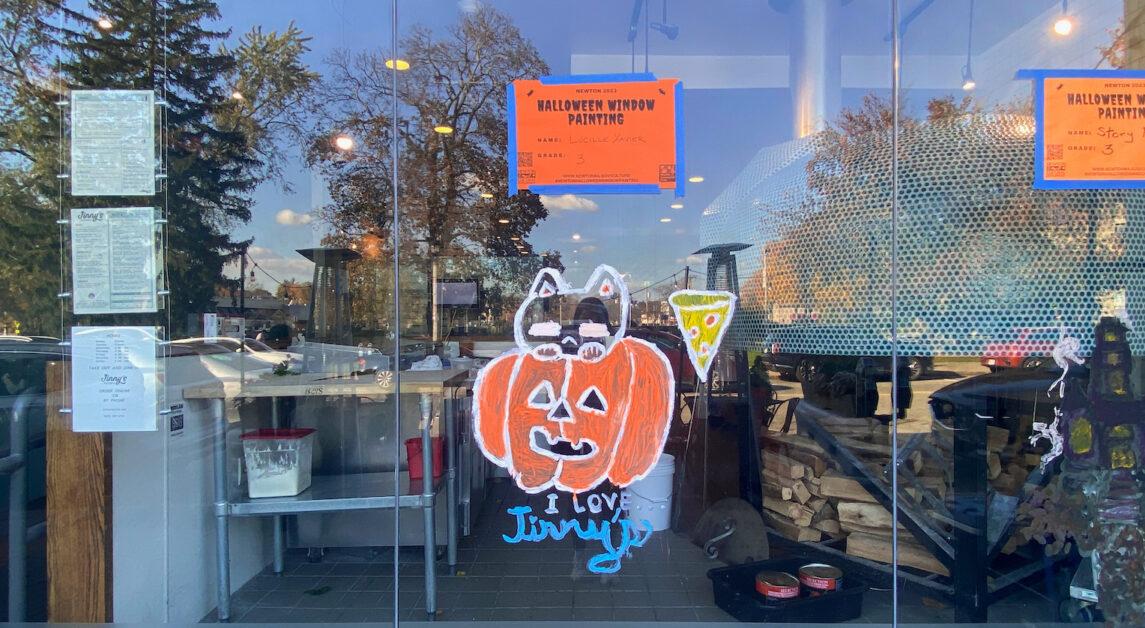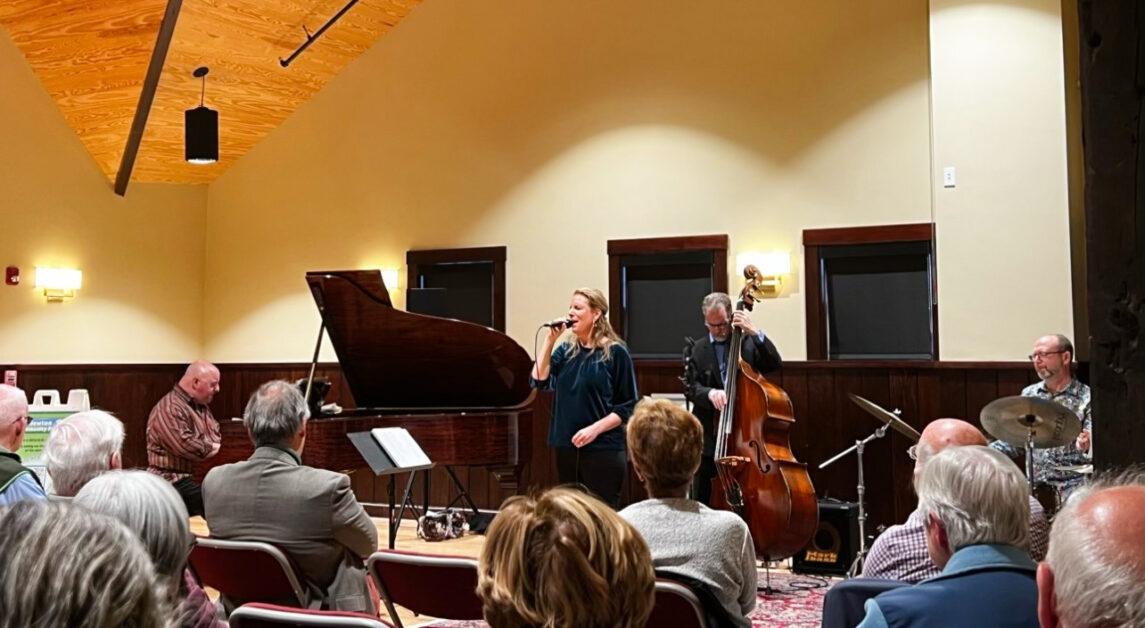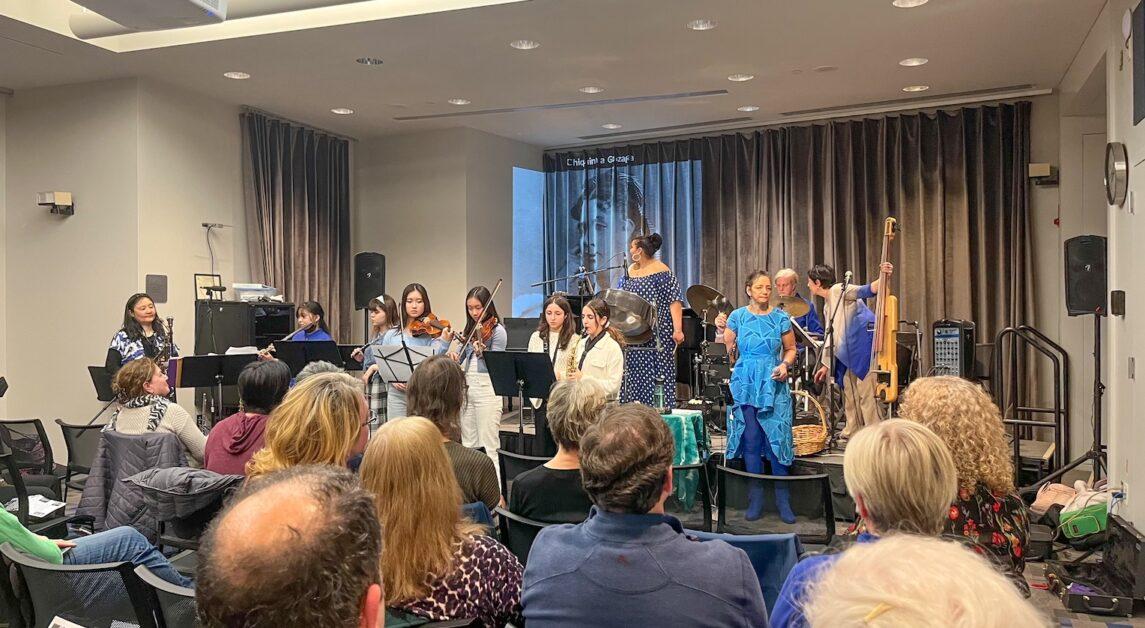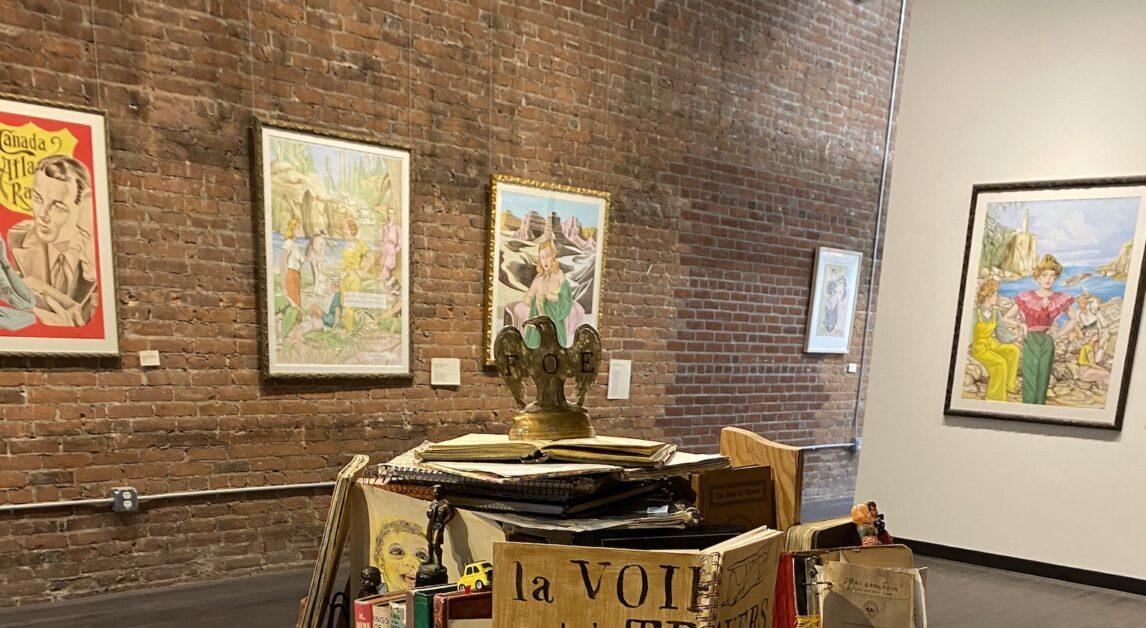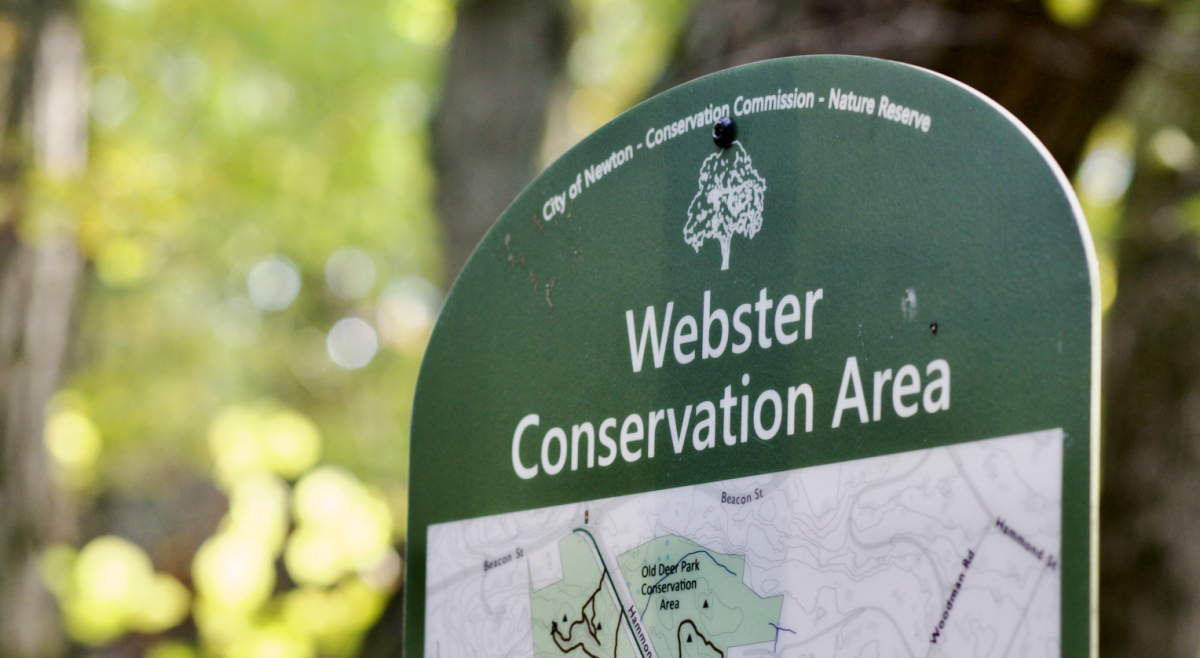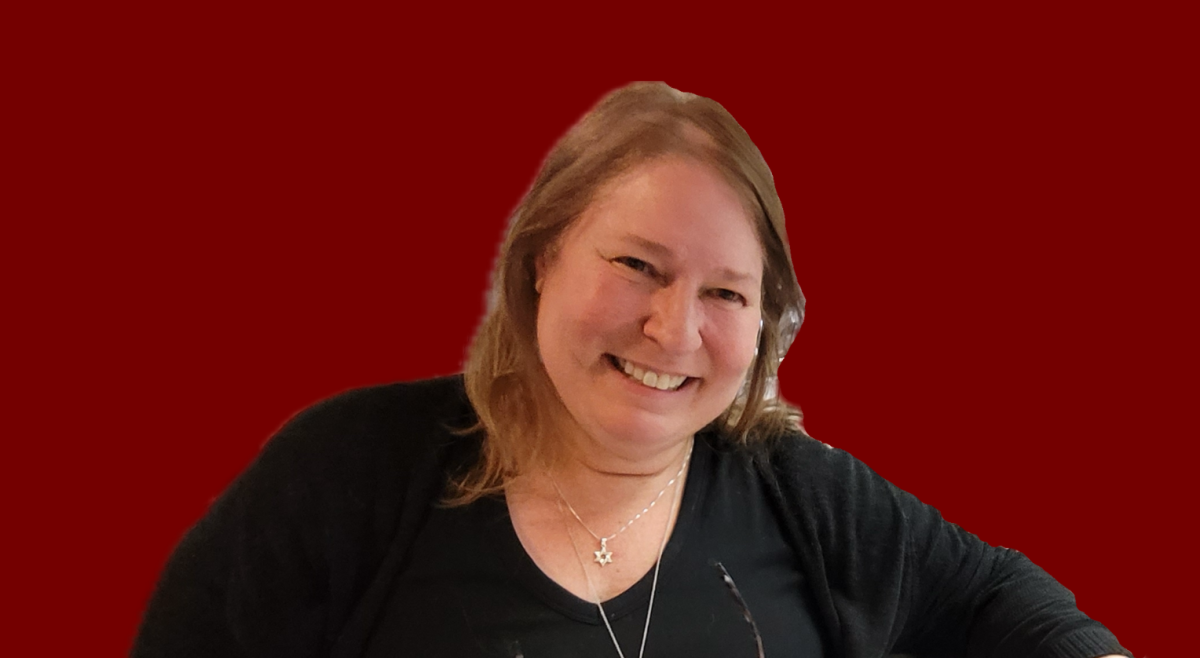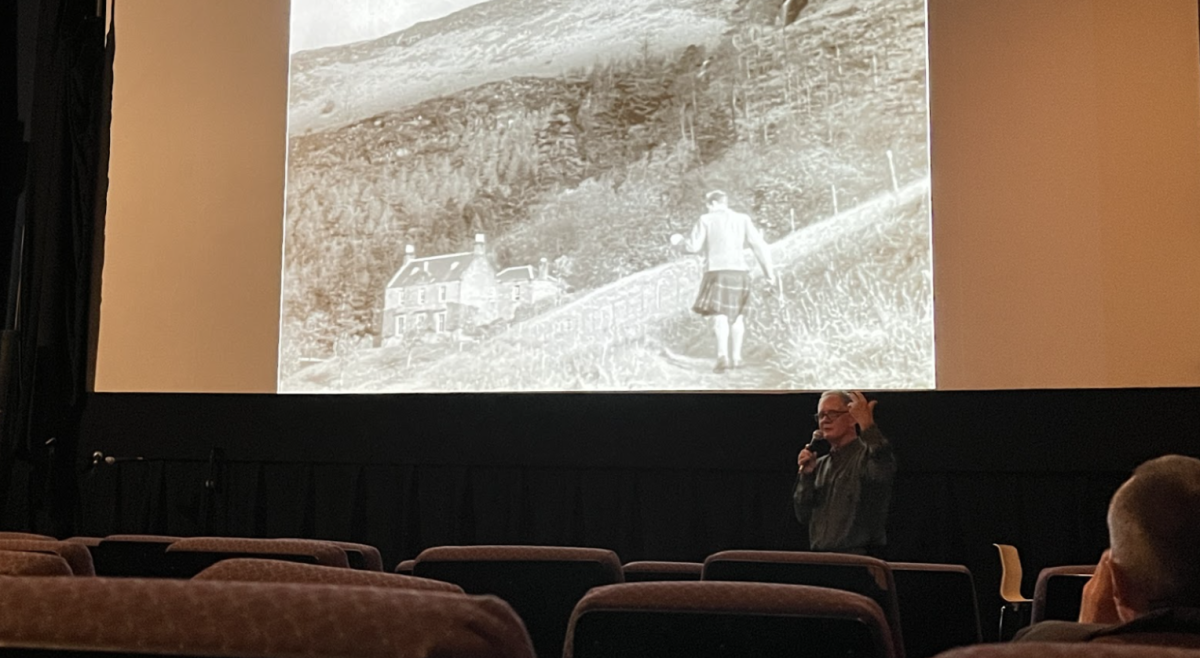Sixty faces have lined the sidewalks of Boston Common since Tuesday. These are the faces of not ordinary people, but Holocaust survivors from all around the world. The portraits are part of the international exhibit Lest We Forget, by the German-Italian photographer Luigi Toscano, which serves to pay testament to the voices of those forgotten and silenced by history.
Streams of light shoot through the massive mesh canvases, and the shadows of falling leaves and the occasional passerby reflect in the wrinkles and cracks of each face. Most of the subjects’ lips are closed, pressed firmly together in a proud pout, but few reveal flashes of teeth or the tease of a smile. What is most striking are the eyes, which stare fearlessly at viewers. The eyes reveal pain, and the blinding flash of the camera reflects in each pair of watery, shining pupils.
Lest We Forget forces viewers to confront the past, both to ensure that history will never repeat itself, and to raise awareness of the hatred and bigotry present in society today.
The exhibition will run through Nov. 10. The timing coincides with the 80th anniversary of Kristallnacht, or the Night of Broken Glass, a Nazi program that vandalized and destroyed Jewish businesses, synagogues, and homes across Germany.
Deeply troubled by the horrors of the Holocaust since youth, Toscano has used Lest We Forget as an attempt to find answers, as well as express frustration at the world’s current social and political climate.
“I couldn’t believe that people could do this to each other,” he said. “When I was 18, I traveled alone to Auschwitz, searching for answers. I thought I studied enough in school to understand the Holocaust, but when I got there, I realized I was wrong. There was nothing there to help me.”
When Toscano decided to become an artist, he knew that he wanted to create something to memorialize the Holocaust, but did not know where to begin. Three years ago, he had an idea: to connect with and photograph survivors, and display their portraits outside to the public.

“In the beginning it wasn’t easy, people thought I was crazy,” he said. “But when I took the first pictures from five survivors and people were able to see my idea, the doors opened for me.”
Soon, survivors began reaching out to Toscano directly, and his network spread all over the world. Since 2015, Toscano has spoken with more than 200 survivors, coming from places ranging from Germany, Ukraine, Russia, Belarus, and Israel to Boston. Nine of the portraits in the Common are of survivors who now reside in the city.
“For me it was important, when I meet a survivor, not to just take their picture and leave,” said Toscano. “I sit and talk with them, and listen to their story, so I can tell it to the world.”
A small card is attached to the black frame of every portrait, with the subject’s name and story.
Israel Arbeiter survived Auschwitz, the Death March, and the loss of his parents and younger brother. He met his future wife Anna in the Starachowice Ghetto, and in 1949, they migrated to Boston with their daughter. Arbeiter went on to found the American Association of the Jewish Holocaust of Survivors of Greater Boston with Anna, and he has served as the president for 40 years. Their portraits hang side by side.
Stephan Ross migrated to the United States as an orphan, where he went on to become a youth counselor for the City of Boston.
“The survivor decides what they want to say and how they want to be portrayed,” continued Toscano. “I do not tell them to smile, pose, or look a certain way. The only thing that I ask is to look in the camera.”
Instead of exhibiting the photographs in a museum or gallery, Toscano chose to present them in public places. This is to ensure that the exhibit is accessible to everyone, regardless of age, origin, language, or education.
In September 2015, the inaugural display of Lest We Forget was presented in Mannheim, Germany, Toscano’s hometown, for the 70th anniversary of the end of World War II. Since then, the portraits have been exhibited all over the world.
Last January, the exhibit was shown at the U.N. headquarters in New York to commemorate International Holocaust Remembrance Day. In April, it moved to the reflection pool outside the Lincoln Memorial in Washington D.C.
“For me it is important that everyone can see my concept,” said Toscano. “I am so excited to bring the exhibit to Boston—Boston Common is one of the oldest park’s in America.”

Toscano is currently working to bring the exhibit to more cities across America, including Chicago, San Francisco, and Pittsburg.
“The problem is the funding,” explained Toscano. “It is not easy, but we try. Many cities ask me to bring the exhibition to them, and I want to, but I need support.”
Lest We Forget urges viewers to remember the past. The first survivor Toscano met with was Susan Cernyak-Spatz, who now lives in Charlotte, N.C.
“Susan told me something that I will never forget, and it has become the message of my project, said Toscano. “She said, ‘If you forget the past, we are condemned to repeat it.’”
Toscano stressed that Lest We Forget is not only a call to remember the past, but also a call to action. He went on to express dissatisfaction with the current political climates, both in America and Europe.
“I would like to stand up against antisemitism, racism, and against any kind of hatred,” he said. “I am not the typical guy who can go demonstrate on the street—I am too emotional for that. This is my tool, my pictures. This is my protest.”
Featured Image by Isabel Fenoglio / Heights Editor

